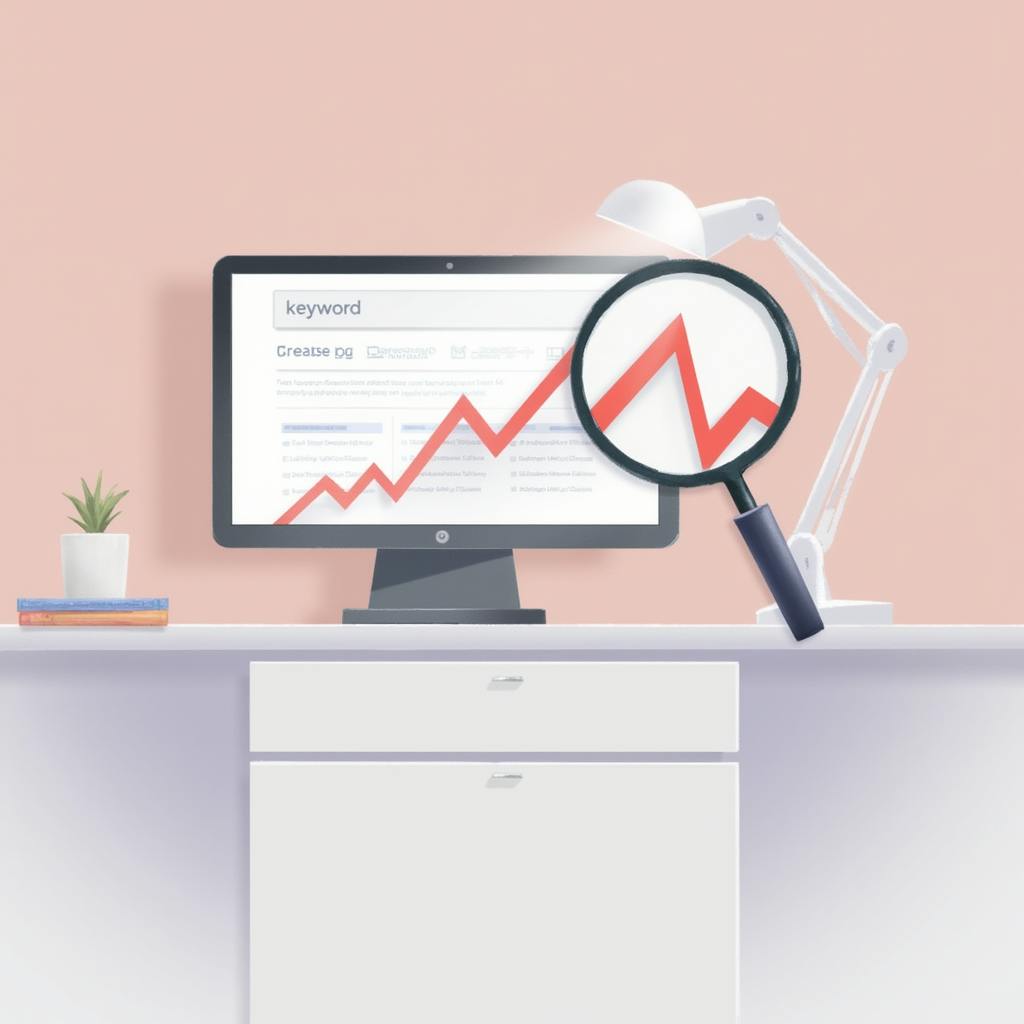The world of graphic design is changing rapidly, and the coming year will bring fresh ideas that shape how brands communicate visually. The design trends for 2025 graphic design highlight the growing influence of technology, sustainability, and user-centered creativity. This article explores how these shifts are redefining the future of graphic design, from AI-driven tools to eco-friendly practices. These changes are not just about aesthetics—they’re about building meaningful connections with audiences.
Embracing Generative and AI-Driven Design
AI-powered design tools are becoming everyday essentials. By 2025, more designers will use them to create multiple variations of an idea, personalize visuals for different audiences, and save time on repetitive tasks. Generative design opens new possibilities—unique patterns, textures, and layouts that once took hours to build can now be produced instantly.
Why It Matters
AI tools give designers both speed and freedom. Instead of replacing creativity, they free up time for strategy and big-picture thinking. This balance between efficiency and originality shows how technology can amplify human imagination.
Minimalism with Impact
Minimalism remains a cornerstone of modern design. In 2025, it will continue to emphasize clean lines, simple layouts, and plenty of white space. This trend meets today’s demand for clarity in a world flooded with content. By stripping away clutter, minimalism helps brands communicate directly and ensures messages are easy to digest.
Why It Works
Reducing visual noise improves user experience by making information memorable and accessible. Brands that focus on simplicity often appear more confident, trustworthy, and modern.

AI made with Stephanie Jagiello
The Rise of Immersive Design
With the rise of augmented reality (AR) and virtual reality (VR), immersive design is creating new ways to engage audiences. By 2025, expect more brands to use AR/VR in marketing, training, and storytelling. Whether through interactive product demos or virtual brand experiences, immersive design transforms viewers into participants.
Opportunities for Designers
AR and VR extend brand narratives beyond static screens. They offer hands-on, interactive experiences that strengthen emotional connections and keep audiences engaged longer.
Sustainability in Graphic Design
Eco-friendly practices are no longer optional—they’re expected. Designers are rethinking how visuals are created and shared, from choosing low-impact production methods to favoring digital-first solutions. Sustainability is influencing not only materials but also the look and feel of design, with earthy tones and natural textures gaining popularity.
Why Audiences Care
Modern consumers want brands to reflect their values. Sustainable design reduces environmental impact while showing social responsibility, making it a powerful way to build loyalty and trust.
Case Study: Spotify’s Visual Evolution
Spotify provides a strong example of how design trends for 2025 graphic design are shaping brands. The platform has embraced AI-driven personalization to generate unique cover art and playlists for users, while also leaning into minimalist layouts for clean, intuitive navigation. In recent campaigns, Spotify has highlighted sustainability, cutting down on physical promotions and investing more in digital-first content. These choices reflect upcoming trends and show how design decisions can support both user engagement and brand values.
FAQ: Design Trends for 2025 in Graphic Design
What new design aesthetics will dominate in 2025?
Expect minimalism with bold twists, retro-futuristic blends, and sustainability-inspired styles featuring organic shapes and natural textures.

AI made with Stephanie Jagiello
How will technology shape design in 2025?
AI will streamline workflows, while AR/VR will expand storytelling. Motion graphics, dynamic typography, and data visualization will also become standard tools.
What skills should designers focus on?
Designers should sharpen skills in AI-based tools, motion graphics, and UX collaboration. Knowledge of accessibility and inclusive design will also be in high demand.
How will sustainability affect graphic design?
Brands will expect eco-friendly approaches, from digital-first campaigns to recyclable materials in print. Designers who integrate sustainability into both style and process will stand out.
What impacts will these trends have on businesses?
Companies that adopt these trends can strengthen their brand identity, attract modern audiences, and stay competitive. Ignoring them risks appearing outdated or out of touch.
Conclusion
The design trends for 2025 graphic design showcase a balance of technology, simplicity, immersion, and sustainability. AI tools will enhance creativity, minimalism will sharpen clarity, immersive design will deepen engagement, and eco-conscious practices will build trust. By staying ahead of these trends, designers can create work that not only looks modern but also resonates with audiences in meaningful ways.

